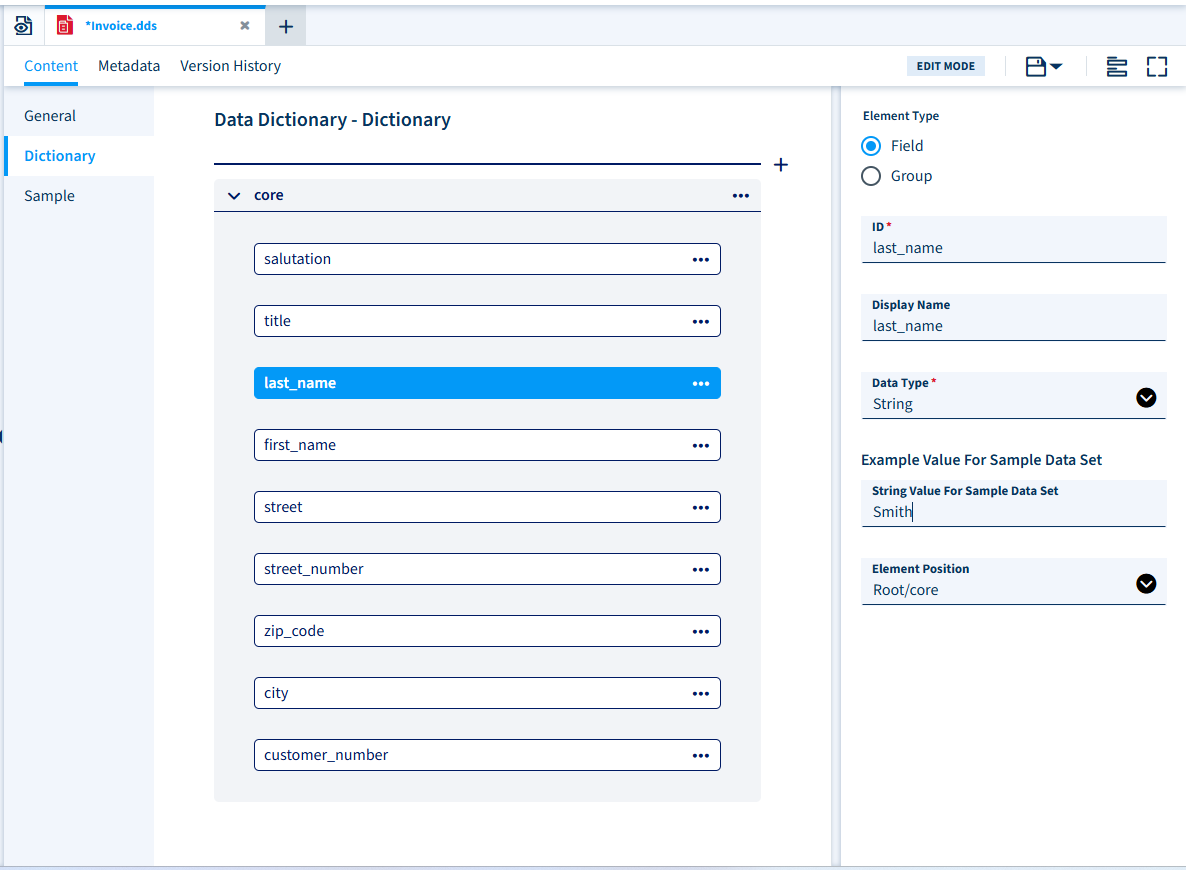Design Meets Content
High-performance customer communication: Compart’s architecture separates design from logic using theme chaining and reusable building blocks for enterprise-grade CCM.
MoreThe Data Dictionary Concept in Brief:
Advantages of a Data Dictionary:
Effectively assembling complex document templates with many variable content elements poses a challenge for many companies.
Accessing data from a growing number of enterprise applications, involving numerous stakeholders from various departments, as well as increasingly frequent and sometimes time-critical changes, makes the document creation process more complicated. Moreover, the data from various systems often comes in an unprocessed format, such as technical formats that template designers cannot interpret without contextual knowledge.
All these factors increase the risk of errors in customer communication and heighten the danger of violating regulatory requirements.
Forget the tedious process of embedding each data source into your document templates. Instead, rely on a simplified data model for template creation that can be used across all your templates.
The so-called Data Dictionary generates an XML structure from content fields such as first name, last name, or street. This serves as a central resource and processes templates uniformly. The data mapping links technical data or values from various sources, typically enterprise applications, to the corresponding content field in document templates.
 Screenshot: Data Dictionary in the DocBridge® Communication Suite user interface
Screenshot: Data Dictionary in the DocBridge® Communication Suite user interface
1. Drag-and-Drop for Easy Integration of Content Elements into Document Templates
When creating a new communication template, the Data Dictionary can be loaded directly. The data structure defined in it is clearly displayed in the designer, and content fields can be easily inserted into the template via drag-and-drop.
2. Clear Data Structure for Efficient Template Design
By presenting the content fields in a clearly understandable, business-oriented format, template designers can easily insert variable data into the templates without requiring extensive contextual knowledge.
3. Accelerated Project Workflows Through the Use of Sample Data
Using sample data sets in the Data Dictionary, template drafts can already be created during the conceptual phase – even before the final data is available. This significantly accelerates project workflows as template creation can proceed independently of the provision of production data.
4. Central Adjustment and Automation for Recurring Tasks
When new data sources are added or existing links need to be changed, a central adjustment of the Data Mapping is sufficient. The templates themselves remain unchanged, facilitating maintenance and scaling.